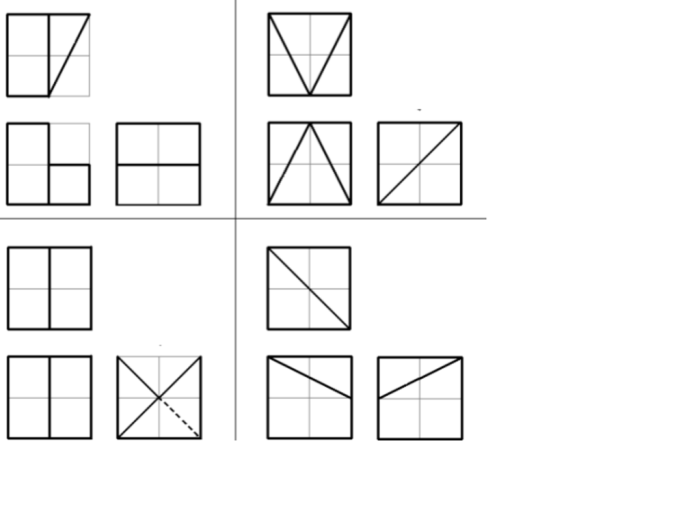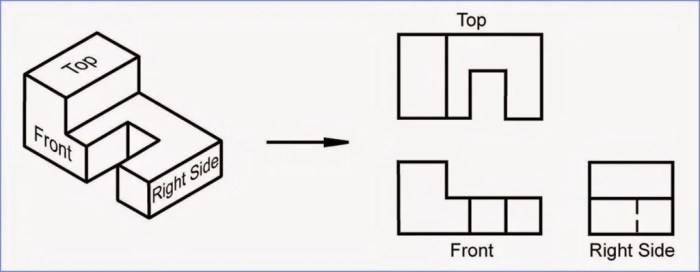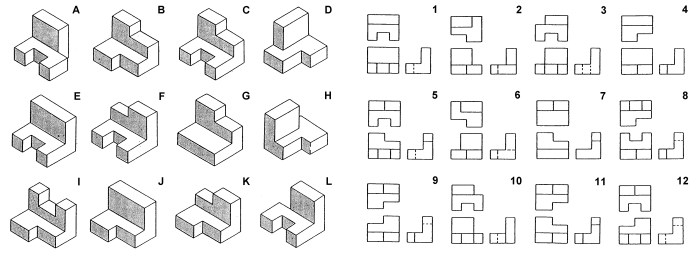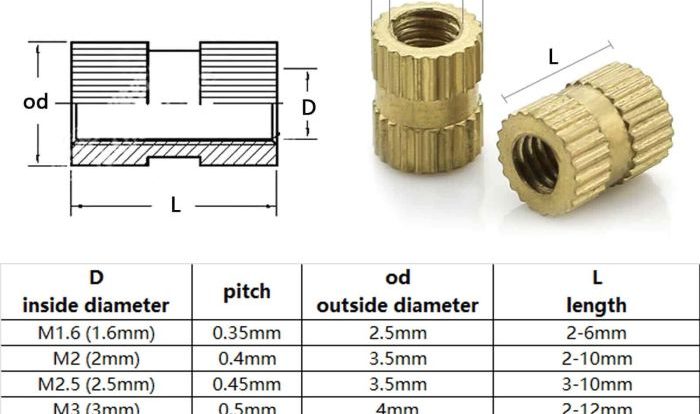Match the isometric drawing with the correct orthographic – Matching isometric drawings with their corresponding orthographic projections is a crucial skill in engineering and technical documentation. This comprehensive guide provides a detailed overview of the characteristics, advantages, and applications of both isometric and orthographic drawings, empowering readers with the knowledge to accurately match these drawings for effective communication and documentation.
Isometric Drawing Analysis: Match The Isometric Drawing With The Correct Orthographic

Isometric drawings are a type of three-dimensional drawing that is used to represent objects in a way that is both accurate and easy to understand. Isometric drawings are created by using a system of three axes that are equally spaced at 120 degrees from each other.
The axes are used to create a grid that is then used to plot the points of the object.
Isometric drawings are often used in engineering and architecture because they provide a clear and concise way to represent complex objects. Isometric drawings can also be used to create animations and simulations.
Advantages of Using Isometric Drawings
- Isometric drawings are accurate and easy to understand.
- Isometric drawings can be used to represent complex objects in a clear and concise way.
- Isometric drawings can be used to create animations and simulations.
Disadvantages of Using Isometric Drawings
- Isometric drawings can be time-consuming to create.
- Isometric drawings can be difficult to modify.
- Isometric drawings can be difficult to interpret for people who are not familiar with them.
Orthographic Projection

Orthographic projection is a type of two-dimensional drawing that is used to represent three-dimensional objects. Orthographic projections are created by using a system of three planes that are perpendicular to each other. The planes are used to create a grid that is then used to plot the points of the object.
Orthographic projections are often used in engineering and architecture because they provide a clear and concise way to represent complex objects. Orthographic projections can also be used to create animations and simulations.
Types of Orthographic Projections, Match the isometric drawing with the correct orthographic
- Front view
- Top view
- Side view
Matching Isometric and Orthographic Drawings

Matching isometric and orthographic drawings is a process of identifying which orthographic projection corresponds to a given isometric drawing. Matching isometric and orthographic drawings can be used to create a complete set of drawings for an object.
There are a number of criteria that can be used to match isometric and orthographic drawings. These criteria include:
- The shape of the object
- The orientation of the object
- The dimensions of the object
Once the matching criteria have been identified, a table can be used to match the isometric and orthographic drawings.
Applications of Matching Isometric and Orthographic Drawings

Matching isometric and orthographic drawings has a number of applications in engineering and architecture. These applications include:
- Creating a complete set of drawings for an object
- Communicating design ideas between engineers and architects
- Creating animations and simulations
Questions Often Asked
What is the difference between an isometric drawing and an orthographic projection?
An isometric drawing is a three-dimensional representation of an object that shows all three dimensions in a single view. An orthographic projection, on the other hand, is a two-dimensional representation of an object that shows only one side at a time.
How can I match an isometric drawing with the correct orthographic projection?
To match an isometric drawing with the correct orthographic projection, you can use a table that shows examples of isometric and orthographic drawings. You can also use the criteria for matching isometric and orthographic drawings, such as the number of visible surfaces, the shape of the object, and the orientation of the object.
What are the applications of matching isometric and orthographic drawings?
Matching isometric and orthographic drawings is used in a variety of applications, including engineering, architecture, and technical documentation. It is used to create accurate representations of objects, to communicate design ideas, and to document technical information.
